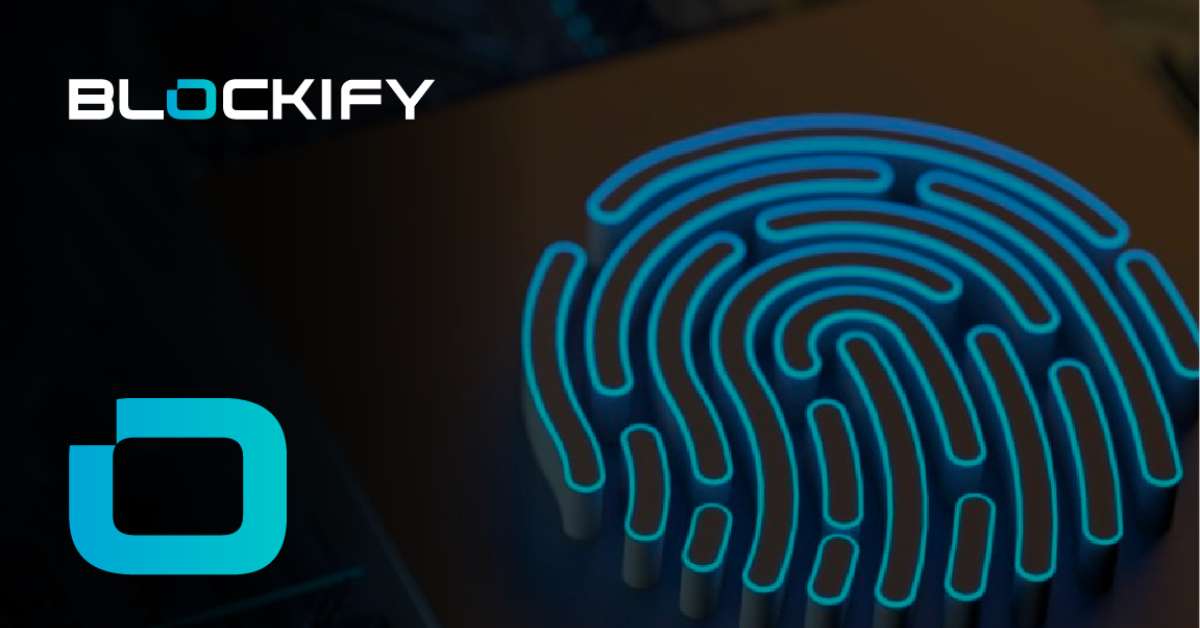
Web3 is the third generation of the World Wide Web and is poised to impact businesses and advertising majorly. Web3 is built on decentralization, which means that there is no central authority controlling the web. This decentralized structure has many advantages, including increased security and privacy, and it can potentially disrupt the current advertising landscape.
Currently, most web3 advertising is controlled by a few large companies, such as Google and Facebook. These companies have a monopoly on the advertising market, controlling what ads are shown to users and how much businesses have to pay to reach their customers. However, with Web3, this could all change.
Decentralized advertising platforms are already beginning to emerge. These platforms are based on blockchain technology, which allows for transparent and secure transactions. This could allow businesses to directly reach their customers without going through an intermediary.
Moreover, these platforms are often much cheaper than traditional advertising channels. This is because there are no middlemen taking a cut of the profits. Instead, businesses can directly target their ads to consumers who are interested in what they have to offer.
In the long run, Web3 could significantly impact the advertising industry with Blockify crypto. The current system is centralized and controlled by a few large companies. However, with the rise of decentralized advertising platforms, businesses will have more control over their advertising and can reach their customers directly. This could lead to a more efficient and cost-effective advertising landscape.
What’s Web3?
Web3 is the third generation of the World Wide Web, the decentralized web that enables users to interact with each other without the need for a central authority. Web3 is powered by decentralized technologies such as the Interplanetary File System (IPFS) and Ethereum.
Web3 is still in its early stages, but it has the potential to change the way we interact with the internet radically. With Web3, we can create a more open, transparent, and secure internet that is better suited to meet the needs of the 21st century.
Some of the key features of Web3 include:
Decentralized Technologies:
Web3 is powered by decentralized technologies such as IPFS and Ethereum. These technologies allow users to interact with each other without the need for a central authority.
Increased Security:
With Web3, users can be sure that their data is secure. Ethereum, for example, uses blockchain technology to ensure that data is immutable and cannot be tampered with.
Improved Privacy:
Web3 also offers improved privacy compared to the traditional web. For example, IPFS allows users to store data in a decentralized manner, meaning that no single entity controls the data.
Increased Efficiency:
Web3 is also more efficient than the traditional web. For example, IPFS eliminates the need for duplicating data across different servers. This can lead to significant savings in terms of both time and money.
Web3 is still in its early stages, but it has the potential to change the way we interact with the internet radically. With Web3, we can create a more open, transparent, and secure internet that is better suited to meet the needs of the 21st century.
Impact of Web3 on Business
The internet has completely revolutionized the way businesses operate. In the past, businesses had to rely on traditional marketing and advertising methods to reach their target audience. However, with the advent of the internet, businesses can easily reach a global audience. Web 3.0 is the latest evolution of the internet and promises to revolutionize how businesses operate. Here are some ways in which Web 3.0 will impact businesses:
1. Increased Connectivity:
Web 3.0 will allow businesses to be more connected than ever before. With the help of the latest technologies, businesses can connect with their target audience in real-time. This will allow businesses to offer their products and services to a wider audience.
2. Enhanced Customer Interaction:
Web 3.0 will also allow businesses to interact with their customers more interactively and engagingly. With the help of social media and other web-based platforms, businesses can get feedback from their customers in real-time. This will help businesses to improve their products and services.
3. Greater Opportunities:
With the help of Web 3.0, businesses can tap into new markets and reach new customers. This will open up new business opportunities to grow and expand their operations.
4. Improved Efficiency:
Web 3.0 will also help businesses to become more efficient and productive. With the help of the latest tools and technologies, businesses can automate their processes and operations. This will help businesses to save time and resources.
5. Increased Sales and Revenue:
Last but not the least, with the help of Web 3.0, businesses will be able to increase their sales and revenue. With the help of the latest marketing and advertising techniques, businesses can reach a wider audience and generate more sales.
In conclusion, Web3 advertising is still in its early stages, but it has the potential to impact businesses greatly. For example, Web3 could help businesses target ads more effectively, reduce advertising fraud, and provide new ways for businesses to interact with customers. However, it remains to be seen how well Web3 will live up to its potential. Businesses should keep an eye on developments in this area, as it could significantly impact their future advertising strategies.














